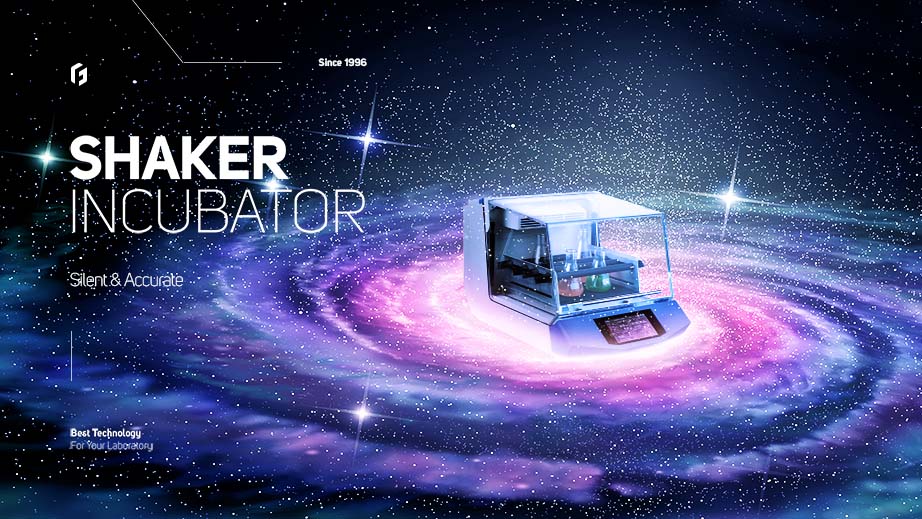What are the advantages of triple-walled chambers?
While most laboratory chambers are usually double-walled, three-walled chambers have started a new chapter in laboratory equipment. 2-wall chambers include two internal and external walls. But 3-wall chambers have 3 external, internal, and middle walls.
Usually, the thermal elements are placed behind the inner chamber, and the space between the inner chamber and the outer wall is filled with thermal insulation.
One of the advantages of three-walled chambers is that in these chambers, the element is not placed in the main chamber, so heat transfer takes place through the inner wall, which itself causes problems such as slow heating of the chamber or lack of isothermal at different points (because the elements are attached to the inner wall, the points that The element passed through is hotter than other places).
In the 3-wall chambers, the device has an outer, middle, and inner wall. Our element is placed between the middle wall and the inner wall (it does not stick to the inner wall) and heats the air, and the hot air circulates inside the main chamber and creates isothermal.
3-wall chambers have many advantages, the most important of which are better isothermal in all chamber parts, faster transfer of heat or cold to the main chamber, and faster temperature renewal after opening and closing the device door.







